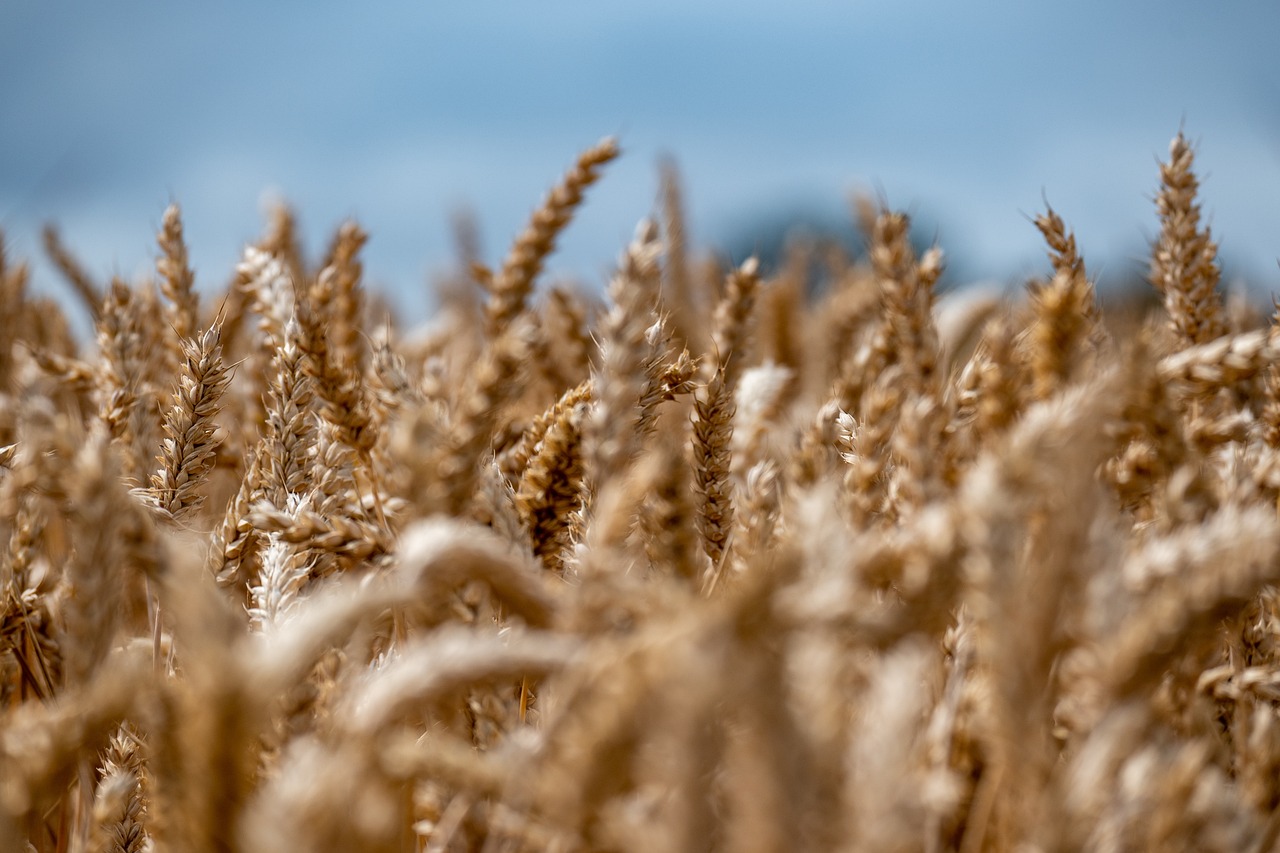News release
From:
Assessing the impact of climate changes on crop production
Most staple food crops are expected to experience substantial production losses due to climate change, even when mitigation measures to limit the impact of climate change are considered. The findings are reported in a modelling paper published in Nature. The study assesses six staple crops — maize, soybeans, rice, wheat, cassava and sorghum — and finds that only rice might avoid substantial losses.
Climate change is expected to have an impact on global food systems, but the scale of the effects and how adaptation strategies, such as changing agricultural methods, may mitigate these impacts is debated. Previous studies have focused on outcomes in specific regions, such as the USA, but come to conflicting conclusions on the impact of adaptation. Some modelling has suggested that adaptations may impact global agricultural productivity. However, there is limited research into how real-world producers could adapt at a global scale.
Andrew Hultgren, Solomon Hsiang and colleagues assembled a dataset of six staple crops; maize, soybeans, rice, wheat, cassava and sorghum, based on data from 12,658 regions across 54 countries, to estimate the impacts of producer adaptation over the 21st century. They estimate that for every 1 °C increase in temperature above pre-industrial levels, production will decline by 120 calories per person per day, the equivalent of 4.4% of current daily consumption. They suggest that under a high emissions scenario, by the end of the century maize production may decline by up to 40% in the USA, Eastern China, Central Asia, Southern Africa, and the Middle East, while wheat loses range from 15–25% in Europe, Africa, and South America and 30–40% in China, Russia, the USA, and Canada. They propose that income growth and the implementation of adaptation strategies may reduce 23% of global losses by 2050 and 34% by 2100 compared to a no-adaptation scenario.
The authors found global impacts were driven by losses in modern-day breadbasket regions with favourable climates that had limited adaptation, noting that low-income region losses were also substantial. They conclude that further adaptation and the potential expansion of cropland may be needed to ensure food security and mitigate climate impacts.



 International
International


